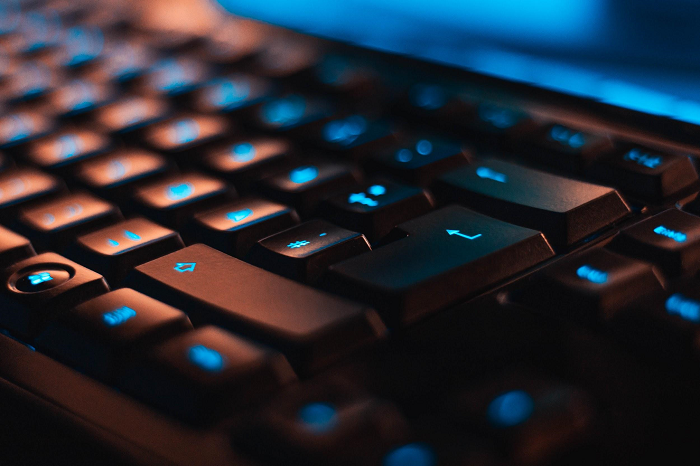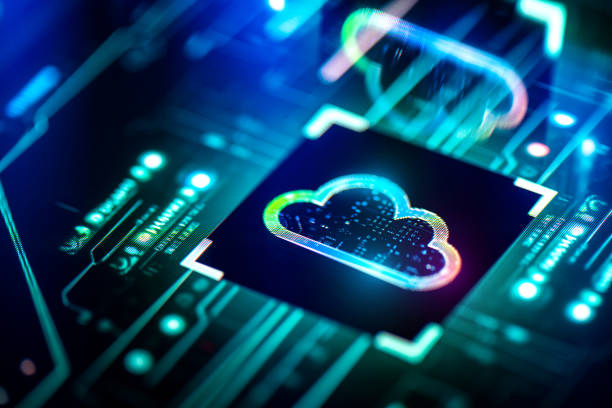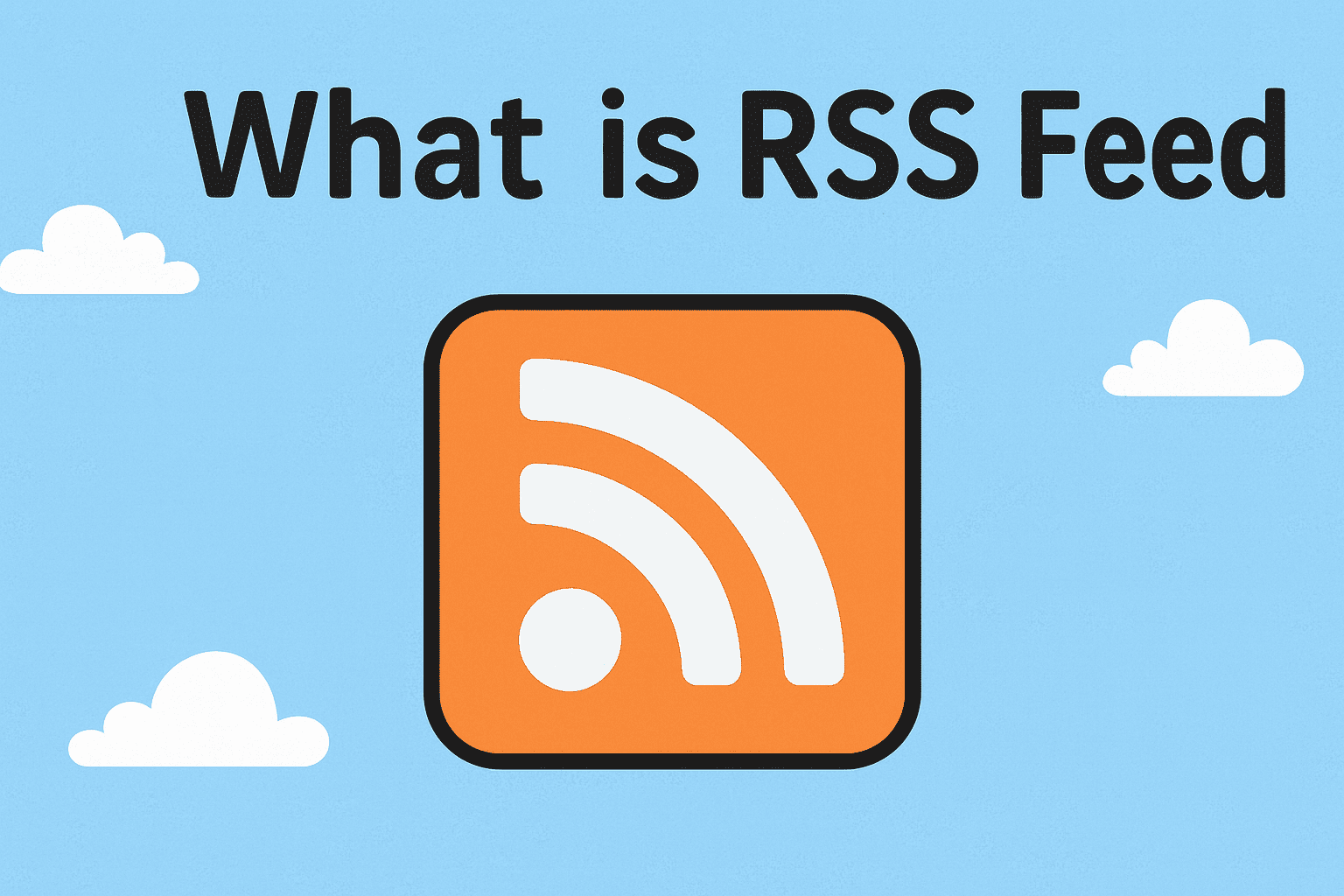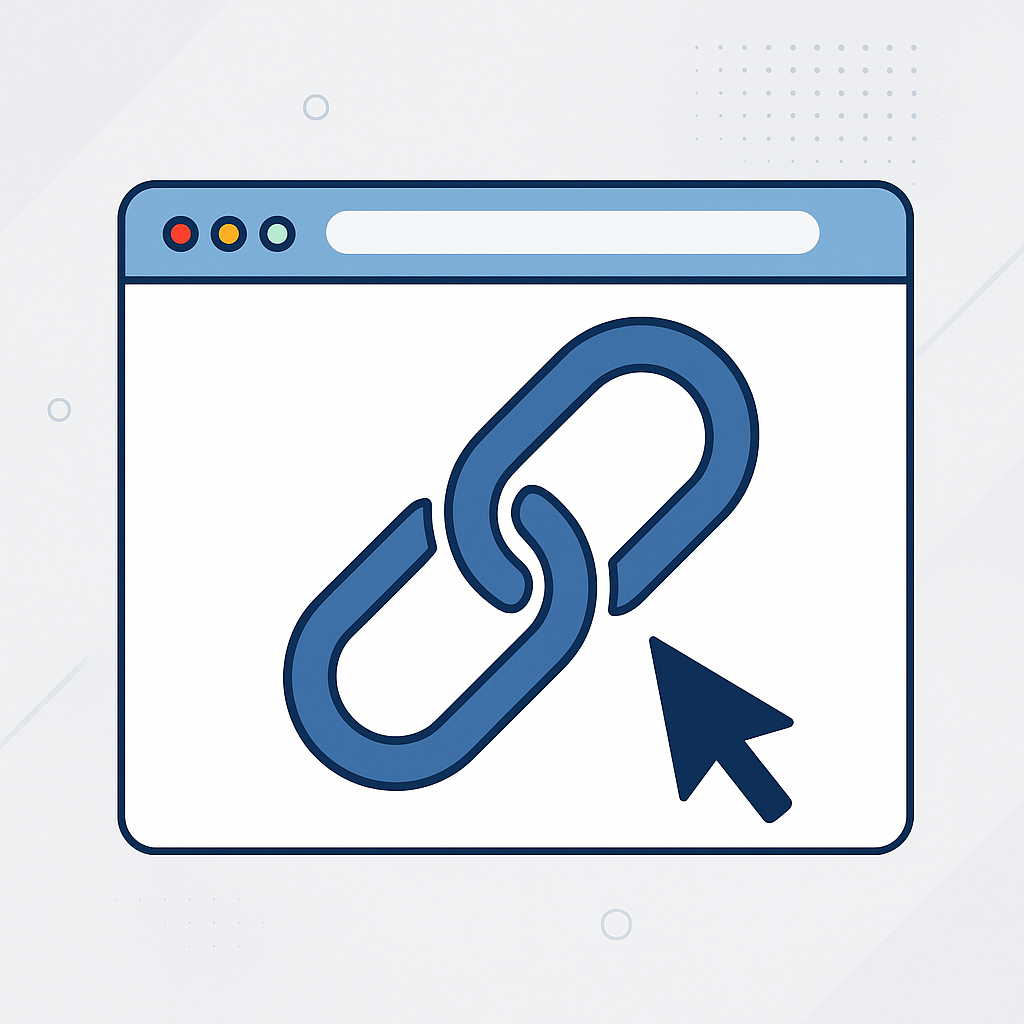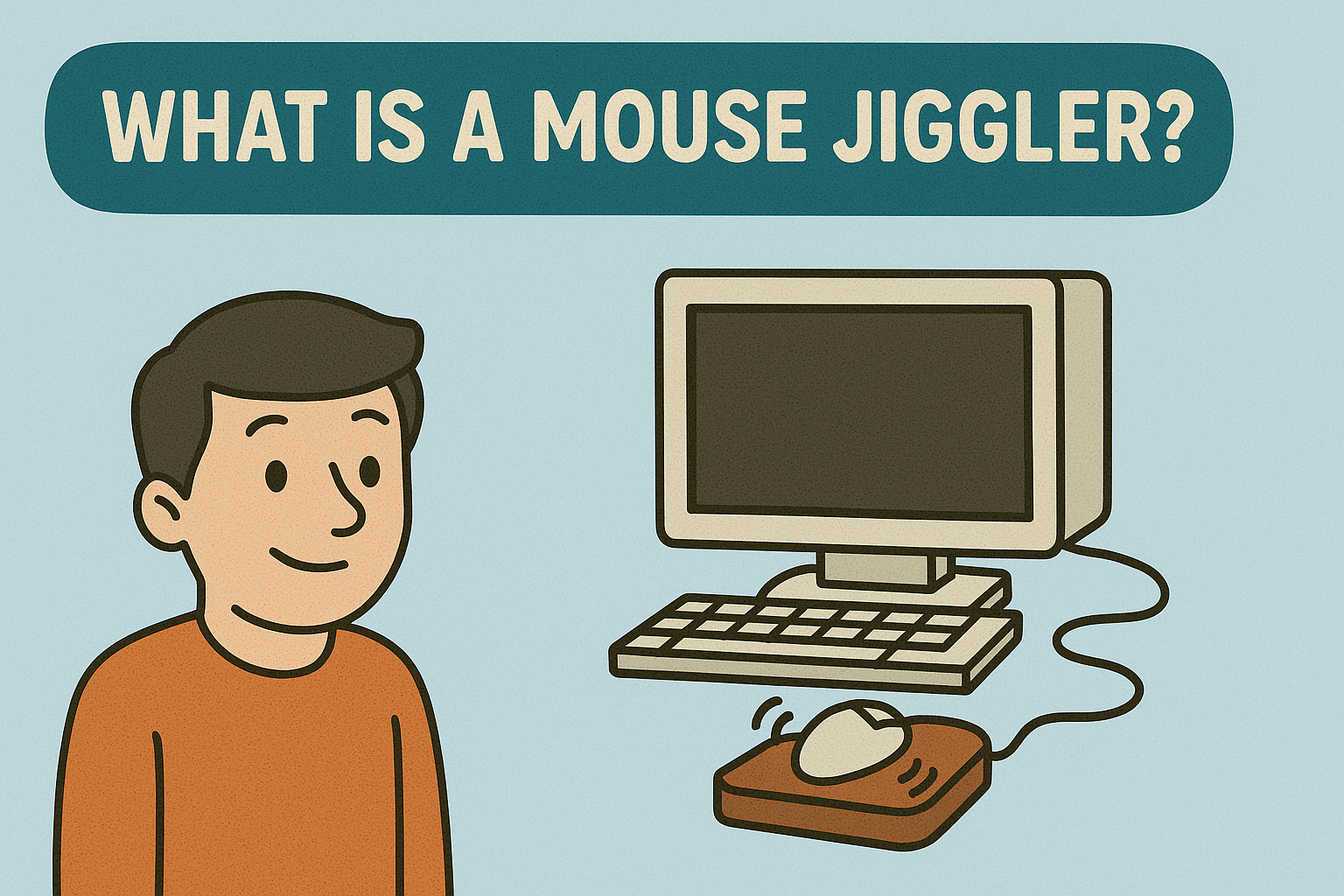What Does the CPU Do? Understanding the Core of Computing Power
Updated on November 4, 2025, by Xcitium
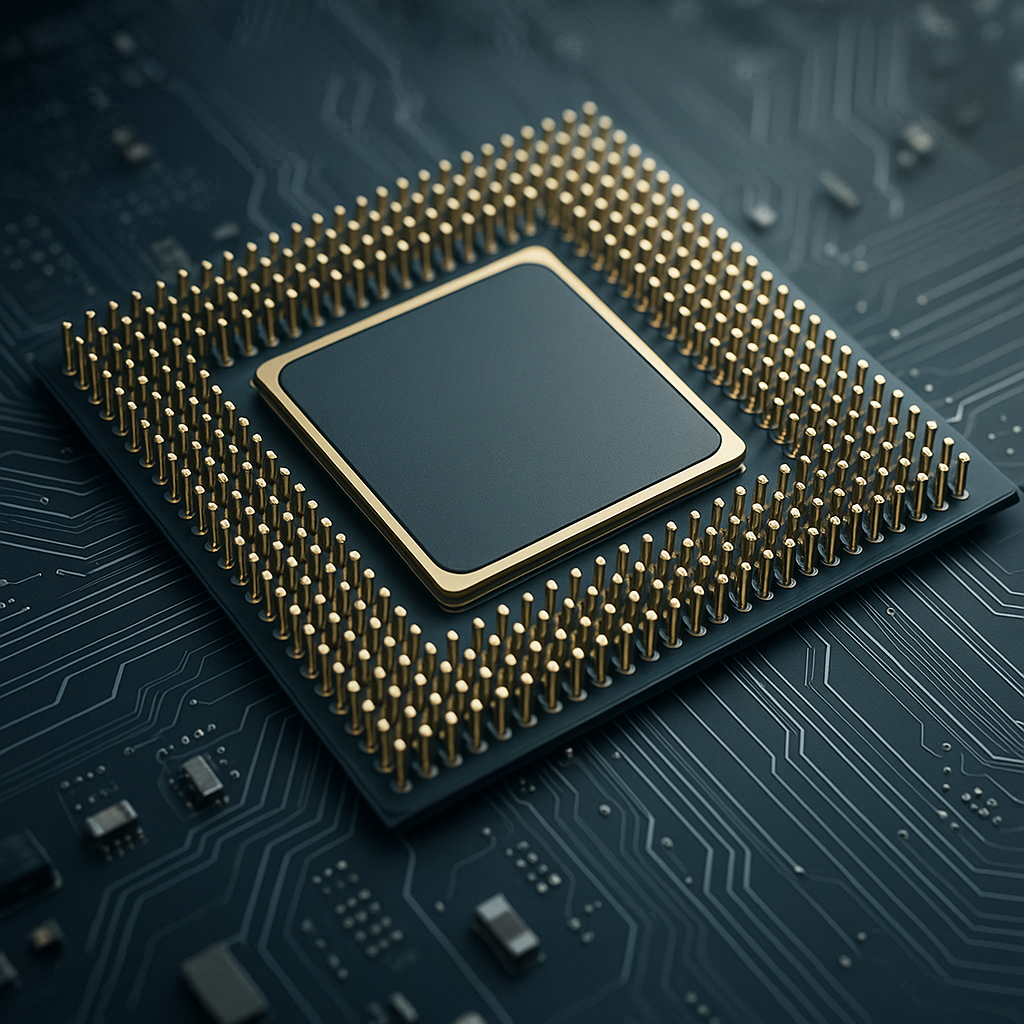
When you power on your computer or smartphone, millions of operations begin instantly — from launching applications to securing your data. But have you ever wondered: what does the CPU do to make all of this happen?
What does the CPU Does:
The Central Processing Unit (CPU) is often called the “brain” of your computer. It interprets and executes the instructions that make every digital task possible — from sending an email to running cybersecurity software. Without it, no digital process could function.
In this article, we’ll explore what the CPU does, how it works, its components, and its role in everything from performance to cybersecurity.
What Is a CPU (Central Processing Unit)?
The CPU (Central Processing Unit) is the primary component in any computer that processes instructions and manages operations. It’s responsible for performing calculations, running programs, and coordinating communication between software and hardware.
Think of the CPU as the command center — it tells every other component (memory, storage, and input/output devices) what to do and when.
Every device — desktop, server, smartphone, or IoT gadget — has a CPU, whether it’s an Intel processor, AMD Ryzen chip, or Apple Silicon.
How Does the CPU Work?
Understanding what the CPU does means understanding its core cycle: Fetch, Decode, Execute, and Store — known as the instruction cycle.
1. Fetch
The CPU retrieves an instruction from memory (RAM). This instruction tells the system what operation needs to be performed.
2. Decode
The CPU’s control unit translates the instruction into a format the hardware can understand.
3. Execute
The CPU performs the required action — whether it’s a calculation, data movement, or logical operation.
4. Store
Finally, the CPU sends the result back to memory or to another hardware component for further use.
This cycle happens billions of times per second. Modern CPUs can process multiple instructions simultaneously through multi-core architectures and parallel processing.
Main Components of a CPU
Every CPU, regardless of brand or architecture, includes three major parts that determine how it functions:
1. Arithmetic Logic Unit (ALU)
The ALU performs all mathematical and logical operations, such as addition, subtraction, and comparison.
2. Control Unit (CU)
The CU directs the flow of data and manages instructions between the CPU, memory, and other hardware.
3. Registers
Registers are small, high-speed memory locations inside the CPU used to store temporary data and instructions during processing.
Together, these components enable the CPU to perform millions of tasks efficiently — from running software to managing encryption algorithms for secure computing.
Clock Speed: How Fast Does a CPU Work?
The CPU’s performance is largely determined by its clock speed, measured in gigahertz (GHz).
For example:
-
A 3.5 GHz CPU executes 3.5 billion cycles per second.
However, raw speed isn’t everything — modern CPUs focus on efficiency, multi-core design, and intelligent task allocation to deliver high performance without overheating or excessive power use.
Core Count
Most CPUs today have multiple cores — dual-core, quad-core, hexa-core, or even up to 64 cores in enterprise systems. Each core acts as a separate processing unit capable of handling its own tasks.
Threads and Hyper-Threading
Threads are smaller task divisions. Technologies like Intel’s Hyper-Threading allow one core to handle multiple threads simultaneously, improving multitasking performance.
What Does the CPU Do in a Computer System?
The CPU’s role extends far beyond calculations. It controls every digital operation, including:
-
Running Software Applications
Executes instructions from apps like browsers, word processors, or security programs. -
Managing System Resources
Allocates memory and CPU time between processes to maintain smooth performance. -
Handling Input/Output (I/O)
Manages interactions with peripherals like keyboards, displays, and storage devices. -
Executing Security Processes
Powers firewalls, antivirus scanning, and encryption operations that protect against cyber threats. -
Virtualization and Cloud Computing
In enterprise environments, CPUs run multiple virtual machines, each performing isolated computing tasks efficiently.
Essentially, every digital event on your device — from keystrokes to network transmissions — depends on the CPU’s coordination.
CPU and Cybersecurity: How Processing Power Protects Data
The CPU isn’t just about speed — it’s a critical player in cybersecurity operations.
1. Encryption and Decryption
CPUs perform cryptographic computations to secure sensitive data. Modern processors include hardware-accelerated encryption (like Intel’s AES-NI) for faster and more secure data processing.
2. Malware Scanning
Security software relies on the CPU to scan files and memory in real time, detecting threats and quarantining malicious code.
3. Sandboxing and Isolation
Virtualization technologies like Intel VT-x and AMD-V use CPU features to isolate applications, preventing malware from spreading across systems.
4. Secure Boot and TPM Integration
During startup, the CPU helps validate system integrity by communicating with Trusted Platform Modules (TPM) to ensure firmware and OS authenticity.
5. AI-Powered Security
As AI cybersecurity advances, CPUs — often working alongside GPUs — analyze large datasets to detect behavioral anomalies and threats faster than traditional systems.
CPU vs. GPU vs. RAM: What’s the Difference?
While the CPU is the heart of your computer, it works closely with other components:
| Component | Primary Function | Best For |
|---|---|---|
| CPU | Executes instructions and manages system operations | General computing, security, multitasking |
| GPU | Handles complex graphics and parallel calculations | Gaming, AI, machine learning |
| RAM | Provides temporary memory for fast data access | Running applications and OS processes |
How They Work Together
When you open an application:
-
The CPU processes the instruction to load it.
-
RAM temporarily stores the data for quick access.
-
The GPU renders visuals if needed (e.g., dashboards, security interfaces).
This teamwork enables high performance across systems — from cybersecurity dashboards to endpoint monitoring software.
Different Types of CPUs
1. Desktop CPUs
Designed for everyday computing tasks and moderate workloads. Example: Intel Core i7, AMD Ryzen 7.
2. Server CPUs
Optimized for heavy data processing, cloud operations, and virtualization. Example: AMD EPYC, Intel Xeon.
3. Mobile CPUs
Found in laptops and smartphones, these prioritize energy efficiency. Example: Apple M-series, Qualcomm Snapdragon.
4. Embedded CPUs
Used in IoT devices, routers, and industrial machines — balancing performance with low power usage.
Understanding CPU types helps IT managers select the right hardware for enterprise needs — whether it’s powering cybersecurity analytics or handling cloud workloads.
How CPU Performance Impacts Business Operations
For IT teams and cybersecurity departments, CPU performance directly affects:
1. Real-Time Threat Detection
Faster CPUs process large volumes of security logs, detecting anomalies before they escalate.
2. Data Encryption Efficiency
The stronger the processor, the faster encrypted communications and backups occur — without lag.
3. Cloud and Virtualization
Multi-core CPUs support simultaneous users, improving scalability in hybrid cloud environments.
4. Endpoint Protection
Advanced CPUs allow endpoint protection platforms (EPPs) and EDR solutions to operate continuously without slowing down devices.
A weak CPU, on the other hand, can cause bottlenecks in security analysis, compliance monitoring, and system performance.
Future of CPUs: Smarter, Faster, and More Secure
As technology advances, CPUs are becoming more intelligent and security-aware.
1. AI-Driven Processors
Modern CPUs integrate AI accelerators to enhance automation, data analytics, and security pattern recognition.
2. Quantum-Resistant Encryption
Future CPUs will embed support for quantum-safe cryptographic algorithms to protect against next-gen attacks.
3. Hybrid Architectures
Manufacturers are adopting big.LITTLE architectures — combining high-performance and low-power cores for smarter workload distribution.
4. Security-Focused Design
Hardware-level threat detection, real-time memory protection, and confidential computing are becoming CPU standards.
5. Sustainability
Energy-efficient CPUs are being developed to reduce carbon footprints in data centers and enterprise IT environments.
Optimizing CPU Usage for IT and Security Teams
To get the most from your CPU, IT departments should follow these best practices:
-
Monitor CPU Utilization
-
Use system monitoring tools to track performance and detect anomalies.
-
-
Close Unnecessary Processes
-
Free up CPU resources for mission-critical applications.
-
-
Enable Virtualization Extensions
-
Improve efficiency for cloud and virtual machine environments.
-
-
Keep BIOS and Firmware Updated
-
Prevent vulnerabilities from CPU-level exploits.
-
-
Deploy Endpoint Protection
-
Use lightweight security solutions that balance performance with real-time defense.
-
Proactive CPU management ensures your IT infrastructure remains efficient, secure, and compliant.
Conclusion: The CPU — The Unsung Hero of Cybersecurity and Performance
When you ask, “What does the CPU do?” the answer is — everything. From processing everyday tasks to defending against cyber threats, the CPU is the core engine driving your digital ecosystem.
Understanding its functions helps IT managers optimize operations, improve security posture, and ensure reliable system performance.
👉 Take your digital performance and protection to the next level.
Request a Free Demo from Xcitium — and see how advanced endpoint and CPU-level protection can enhance your enterprise security.
FAQs About What the CPU Does
1. What does the CPU do in simple terms?
The CPU processes instructions and manages tasks that make your computer or device function.
2. Why is the CPU called the brain of the computer?
Because it controls and coordinates all system operations, much like the human brain manages body functions.
3. What affects CPU performance?
Core count, clock speed, cache memory, and architecture design all impact how efficiently a CPU operates.
4. How does the CPU affect cybersecurity?
CPUs handle encryption, malware detection, and secure boot processes — essential for system protection.
5. Can a CPU slow down over time?
Yes. Dust, overheating, or outdated software can cause degradation, but regular maintenance and updates help preserve performance.




